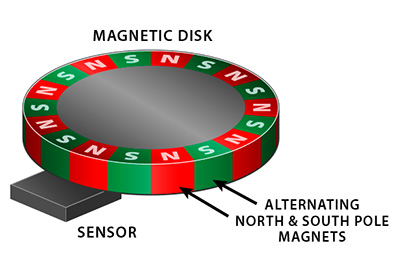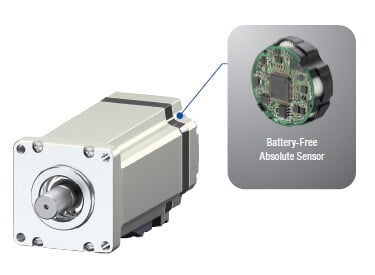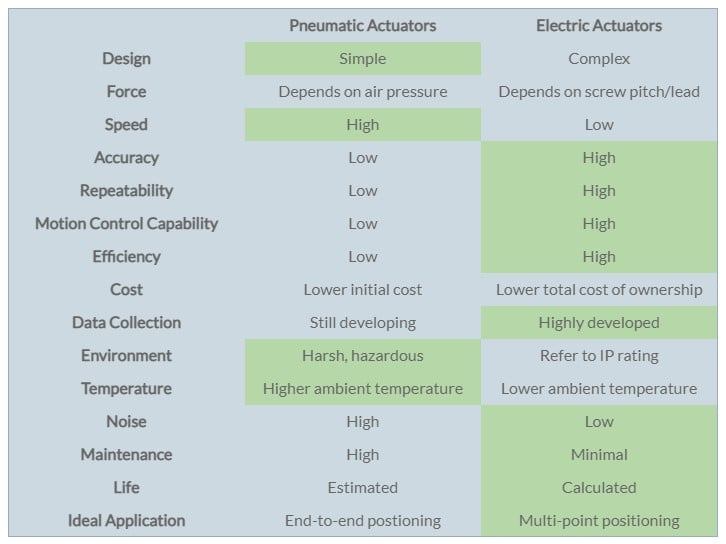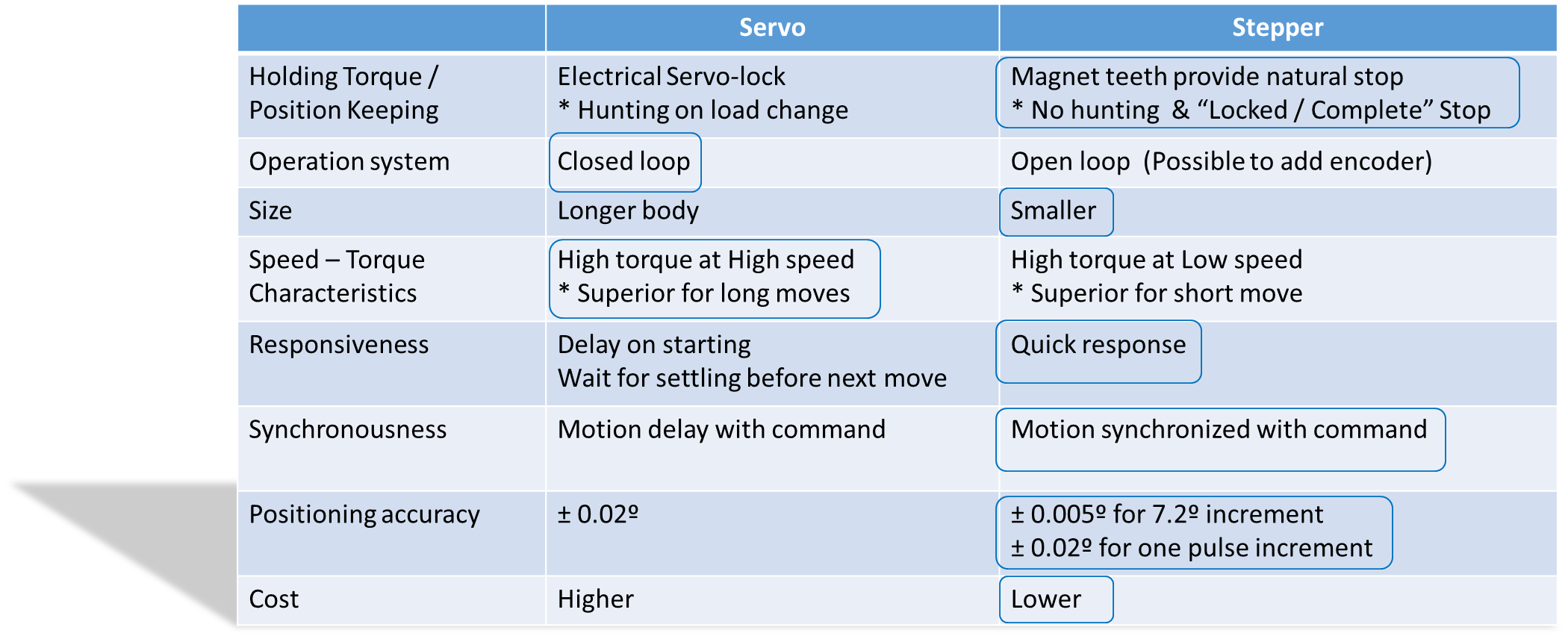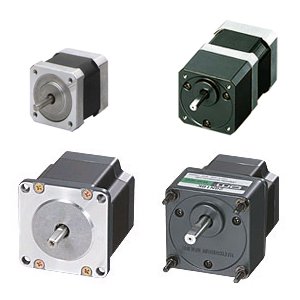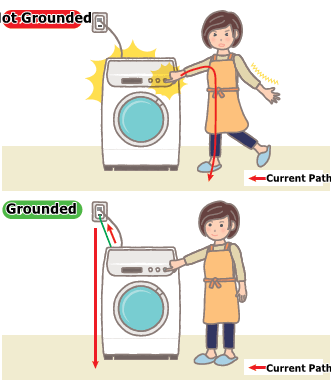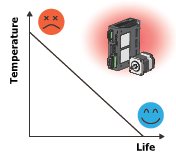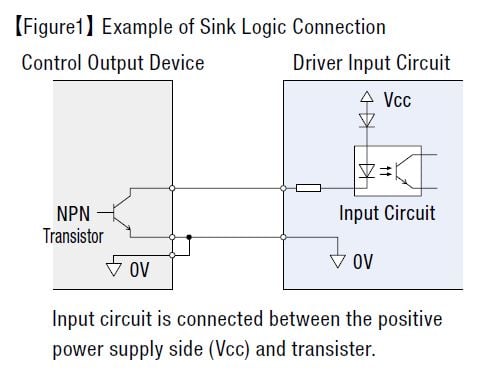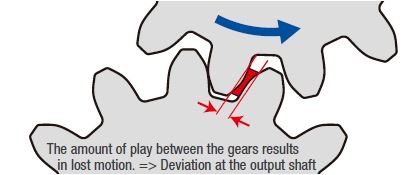While optical encoders have long been the standard, magnetic encoders are emerging as a compelling alternative due to their durability, cost-efficiency, and versatility. In this article, we’ll compare the pros and cons of both encoder technologies and explain why Oriental Motor's magnetic encoders deserve a closer look for a wider range of applications.
Welcome to Oriental Motor's "Engineering Notes" Blog:
Products and technology are only valuable when coupled with skilled people and services to support them. Since 1978, ORIENTAL MOTOR U.S.A. CORP. has been building a service and support system to better serve customers. It is our goal to provide the best product and service from the design phase, through the sale and beyond.
Our blog will feature:
- Introduction to new products and technologies
- Motion control basics and application examples
- Tips for motor selection, programming, and troubleshooting
A Closer Look at Oriental Motor's Magnetic Encoders vs Optical Encoders
Topics: Stepper Motors, Servo Motors, Encoders
AZX Series: Servo Motors with Mechanical Absolute Encoders
This article introduces the key innovations of the powerful AZX Series, which is a uniquely different servo motor and driver system designed to be easier to use and more cost-effective than traditional servo motor systems.
Topics: Absolute Positioning, VIDEOS, Servo Motors, New Product Introductions
Is There an Option Between Stepper Motors and Servo Motors?
Servo motor systems are expensive but great for demanding applications that require high speed, peak torque, or feedback. Stepper motors are cost-effective but do not offer the peace of mind of feedback. For designs that do not need the bells and whistles of servo motor systems, there is another option.
Topics: Stepper Motors, Robotics, Absolute Positioning, Alphastep Hybrid Control, Linear Actuators, Servo Motors, Network
Pneumatic Actuators vs Electric Actuators: Which is Better?
Pneumatic linear actuators and electric linear actuators are often compared for linear motion requirements that do not require the high forces of hydraulic linear actuators. Here are 15 factors that should be considered.
Topics: Stepper Motors, Linear Actuators, Servo Motors
The Choice Between Servo Motors and Stepper Motors
The best motor is the one that meets the application requirements. However, when both servo motors and stepper motors satisfy the basic requirements of a positioning application, it's important to have a deeper understanding of the two technologies to make an informed decision.
In this article, I will summarize the differences between servo motor systems and stepper motor systems.
Topics: Stepper Motors, Absolute Positioning, Alphastep Hybrid Control, Servo Motors, Network, Service Life
Which type of electric motor do you size for your conveyor, XYZ table, or robot? Before you select one, you must understand the characteristics of each type of motor in the market.
Topics: AC Motors, Stepper Motors, Speed Control, Motor Sizing, BLDC Motors, Washdown, Servo Motors, Motion Control Basics, Conveyors
Grounding Basics: What are the Differences Between PE and FG?
Topics: AC Motors, Stepper Motors, Alphastep Hybrid Control, Linear Actuators, BLDC Motors, Servo Motors, Cooling Fans, Motion Control Basics
Knowing how to use a product properly can make a huge difference in its performance and life. For example, knowing how to maintain cast iron pans properly can make them last longer. With electric motors, understanding the factors that affect motor life is the first step to extending life and decreasing costs in the long run.
Topics: AC Motors, Stepper Motors, Linear Actuators, Speed Control, Servo Motors, Service Life
Control Basics: The Difference Between Sink and Source Logic
For someone who has never had experience wiring I/O for motion control, it can be scary the first time. If devices are not wired correctly, it can cause a range of issues from a motor simply not doing what's expected to irreversible product damage. I still get that nervous feeling before I press the START button on a demo. Murphy's Law, anyone?
Topics: AC Motors, Stepper Motors, Alphastep Hybrid Control, Linear Actuators, Speed Control, BLDC Motors, Servo Motors, Motion Control Basics
The significance of position control accuracy of motors varies depending on the application. For an AGV in a farm with DC motor-driven wheels, position control accuracy is probably not as crucial as a surgical robot where incisions are controlled by servo motors or stepper motors.
Topics: Stepper Motors, Alphastep Hybrid Control, Gearheads, Servo Motors, Motion Control Basics
